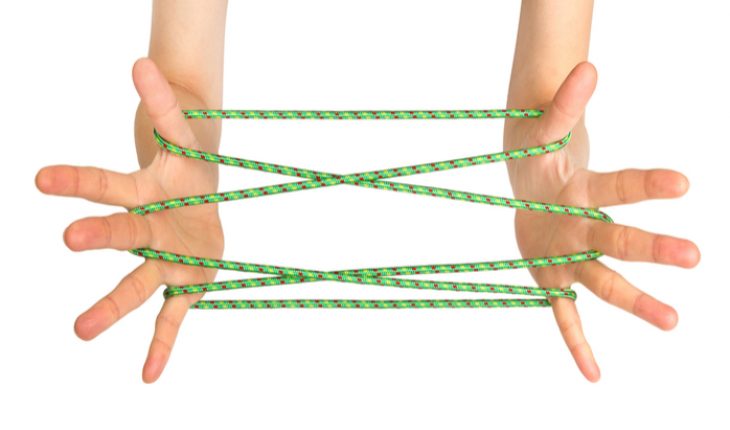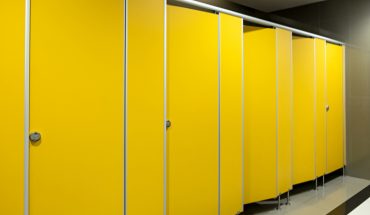Urinary stress incontinence and sexual dysfunction are common, yet many women suffer through in silence because they believe there are few options available to help them. The last few years has seen major changes in how these conditions are managed and are leading to significant improvement in quality of life.
Up to forty percent of women at some stage will experience urinary incontinence. The most common form is stress incontinence – leaking urine with coughing, sneezing, or exercise. This typically occurs after childbirth, most often with vaginal delivery.
Up to forty percent of women at some stage will experience urinary incontinence. The most common form is stress incontinence – leaking urine with coughing, sneezing, or exercise. This typically occurs after childbirth, most often with vaginal delivery.
Urinary leakage gets worse with age, and after the menopause (due to the effects of low oestrogen on the pelvic floor).
Traditional management of stress incontinence has been either conservative or surgical. Conservative treatments include weight loss, lifestyle changes, and pelvic floor exercises (PFE’s). These are poorly understood, and many women who believe they are doing PFE’s correctly to prevent or improve symptoms of stress incontinence are disappointed with the outcomes. The best results from PFE’s occur after a patient has been examined and taught by a specialist women’s health physiotherapist with experience and training in pelvic floor disorders.
Unfortunately, with the demands of the NHS, most physiotherapists are very over-worked, waiting lists are challenging, follow-up is difficult, and many women find their experience of conservative treatment of stress incontinence disappointing.
In my experience, many women find doing PFE’s at home on their own challenging and they may struggle without feedback. Over the last few years, a number of medical devices have been developed which women can use at home to improve their pelvic floor with a subsequent reduction in episodes of urinary incontinence.
The latest of these devices called vSculpt looks particularly promising. This device which is inserted into the vagina uses multi-modal technology to improve the pelvic floor. Through the unique combination of light therapy, gentle heat, and therapeutic vibration, women restore the tissue and muscles of their pelvic floor. This results in better control, natural lubrication, and most importantly – an improved quality of life.
In a recent study in the International Urogynaecology Journal published in December 2016, a research team from Seattle, US, evaluated patients who used the vSculpt procedure over 45 days, doing a treatment on alternate days. At the end of the study their symptoms were reassessed.
In the study of 55 women, clinical endpoints were evaluated based on a 1-hour pad weight test, pelvic floor muscle strength, and quality-of-life questionnaires regarding stress incontinence and sexual function.
Although this is a small study, and further research is required, this provides very promising scientific confirmation of the benefits of vSculpt, which has been demonstrated to be an important treatment option in the management of urinary incontinence.
With growing advances in conservative treatments to treat urinary leakage and sexual dysfunction, health care providers need to get the message out to sufferers that there are many different treatment options and women should not put up with miserable symptoms, which while not life-threatening can make life miserable and they can usually be improved with minimal fuss.
- Latest ways to relieve stress incontinence - 9th February 2018






